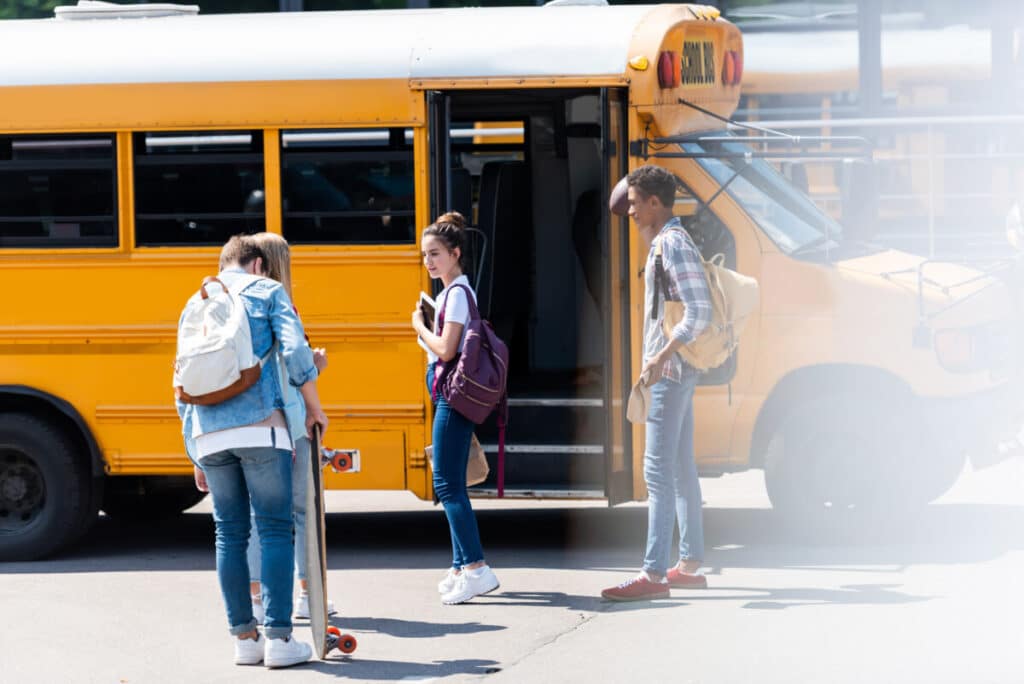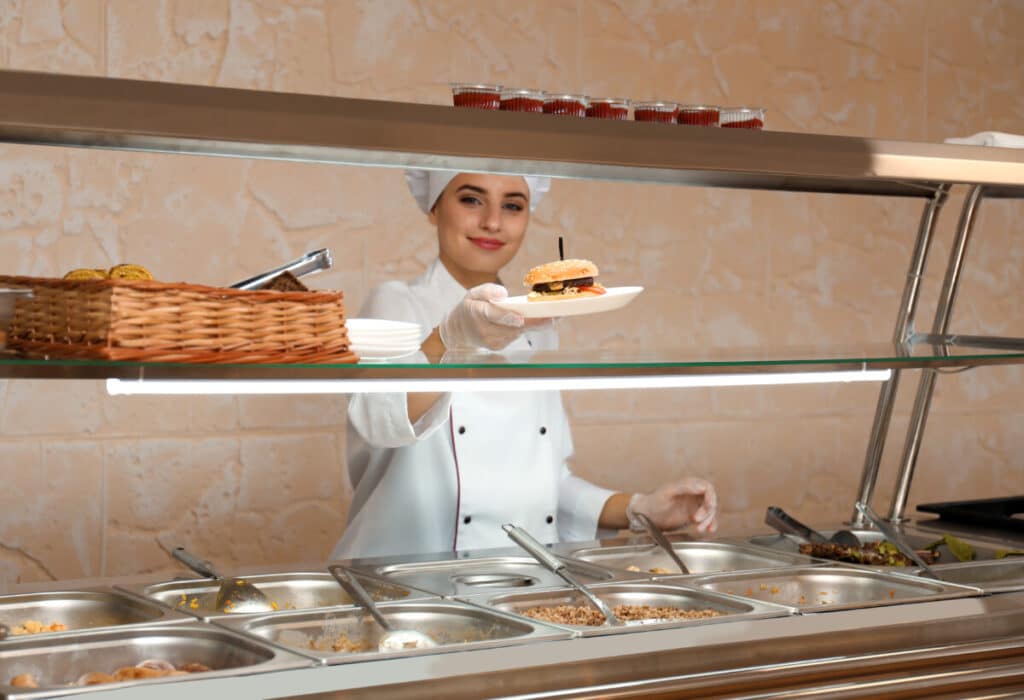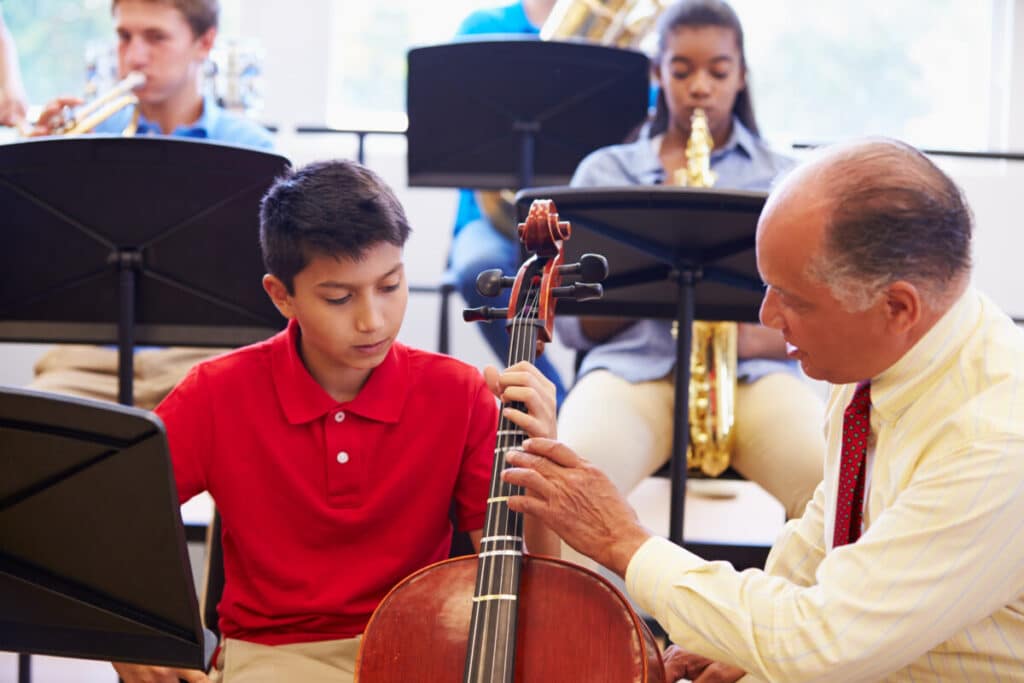Your Rights: When public schools can and can’t charge fees

Many parents have a few children between the ages of an average kindergarten and high school senior. When these children are enrolled in public school, it is often assumed that parents don’t have to worry about extra charges, since public school is supposed to be free. However, this is not really the case; there is a list of charges that public schools in fact are able to legally charge to a students’ parents or guardians.
Public schools can legally charge the parents or guardians of students fees relating to the following: school elective, or club field trips; school food or meals; classroom or enrichment materials; parking passes; student transportation; and classroom safety materials.
Oftentimes, parents of public school students are unaware of the fees they will need to cover while their child or children are in the public school system. It can be very helpful to be aware of the charges you will be proposed with over the years until your child or children graduate. Keep reading to understand what types of fees public schools are not allowed to charge students’ parents or guardians so that you can avoid unnecessary charges.
School, elective, or club field trips
One of the main areas that extra fees for public school students and their parents or guardians come from is field trips for either academic or enrichment and elective purpose. There is more that goes into a field trip than just the cost of entry to a museum or the food. This section offers a breakdown of the fees associated with school trips and/or camps, and which fees are actually required.
Field trip costs
Field trips have a variety of costs that accompany them. These include but are not limited to food, transportation, and participation. Since transportation is a large topic to cover, that will be addressed later in the article.
Students usually are asked to bring their own lunch on a field trip, such as a sack lunch. However, there can be longer field trips where students need to be able to eat a dinner as well. Some field trips might even be multiple-day events. In the case of students needing to buy additional meals, parents would need to provide them with cash or a card that they can purchase these meals. This is not optional, as it is not related to the trip itself, but to keeping the student healthy and fed.
Another option for food is that the field trip leader can collect money from parents ahead of time, that way there is no worry of students losing the money, or it being stolen, etc. Collecting everyones’ money ahead of time would normally be the option for younger students’ field trips. Again, providing money for your child’s food in this manner is also mandatory.
Participation in field trips regards the activities scheduled for the field trip. For example, if a student’s class is taking a field trip to a museum, the participation cost for that field trip would be the cost to get into the museum, usually at a discounted price if the business offers discounts to student groups.
These types of payments are not technically required, as they are a school-related function, however it is practically impossible for field trips to be manageable or even an option at all if parents and guardians do not each do their part to chip in for their child’s participation. [source]

Field trip insurance waivers
If a field trip has any level of risk involved, parents and guardians will likely be asked to sign a waiver or even purchase medical or hospital insurance for their child. This will be available if one goes through the school’s district, and is not optional because it raises liability concerns.
School camps and programs
Since school camps and programs are usually optional, they do require the fees presented before involvement. However if it is a camp required before participation in a school activity, such as a freshman football camp before you’re allowed to play on the team, students may not be excluded if they are not able to pay. But again, like with field trips, activities like this can rarely function or be enjoyable if there is not adequate financial contribution from all students and their parents or guardians.
School food or meals
One of the main concentrations among the parents of public school students is meals. It’s hard to send a child to school with a meal that will last three to four hours in their backpack without going bad, getting soggy, getting squashed, or getting their school books wet. This is why cafeterias are such a perk for students’ parents.

School meal plans and programs
Across the globe, cafeterias are the most popular form of nourishment in public schools. Usually, parents put money on a student’s card, it’s attached to their school account by their name, or they give their child cash.
These methods of payment listed above allow a child to get lunch every day. If they have an ID card with money added on, they’ll scan that card before they get lunch every day. Cafeterias and meal plans are never required, and students can always bring their own lunch.
Some schools also offer programs where parents can pay upfront at the beginning of a school year, and their child doesn’t have to worry about bringing cash to school. This will usually require a student to show their ID with some sort of symbol or sticker on it. The cost of school lunches is very low, and usually only covers the cost of the food and sometimes pays the cooks; a typical school lunch costs about two dollars.
Lastly, schools usually provide options for free or reduced lunch costs. If you qualify for these programs, your meals are either discounted or free. These types of options are for families with financial concerns, and students whose parents or guardians have a low enough household income to qualify.
Classroom or enrichment materials
Schooling requires a large variety of materials. Hands-on and firsthand experience learning is proven to be most effective in students’ discovery process and ability to retain what they learn. However, in order to keep this type of learning experience consistent in the classroom, it cost a significant amount of money. It is for this reason that parents are asked to provide their children with appropriate classroom materials at the beginning of every school year.
Everyday classroom materials
Everyday classroom materials are usually acquired by parents and their children at the beginning of each school year. Teachers will often give a list of materials to students, which they are expected to have obtained by a certain date (such as the end of the first week of school).
Like with other public school costs, the expense of these items cannot technically be required, so there is always the option of using the materials available in class, or the school can provide the student with some of their own. This depends on the school and the student’s individual circumstances. However also similar to other public school areas where charges are relevant, a classroom functions much better if each student has his or her own materials when they’re asked to have them.
Damaged or lost classroom materials
Certain materials can also be loaned to students, either from a teacher, school library, or office. If a student loses or damages any such materials, it is not optional for them to cover the cost of those items. Students cannot be charged for needing to borrow or be lent materials, but if they do not take care of them there can be charges for damage or loss.

Elective and enrichment materials
The same rules that apply to classroom materials apply to materials and equipment used for elective-type classes.
For example, if a student wants to play the cello in the school orchestra, they can be given a cello to use for that school year. A school cannot require the student’s parents to rent or purchase a cello outside of school.
However, one major drawback to free materials for electives is the lack of resources. Arts programs in particular are usually severely lacking in funding.
Using the same scenario depicted above, the school may only own 3 cellos, and there may already be three students who play the cello, so the student wanting to start playing would have to pick a different instrument that of which the school has extra.
So a student does not have to pay for the materials required to participate in an activity, however, that does mean that they will not get more used, run-down, or just leftover equipment or materials. This is why purchasing a child their own materials is a very good financial investment, as it can lead to greater personal investment on the part of the student.
Damaged or lost elective and enrichment materials
The same rules that apply to damaged or lost classroom materials apply to damaged or lost elective and enrichment materials. If a student loses or damages school property that has been loaned to them, parents are responsible for the fees associated with repairing or replacing the item or items. This is not an optional charge, since it was a mistake by the student, not the school.
Parking passes
On-campus parking for students
Parking passes are optional for students and require payment. If a student meets the requirements to park on campus at a school, they must pay the fee associated with the parking spot they are given. Parking passes are not usually that expensive; an average cost for a school parking spot is $30-$40 for the whole year. Since parking is completely optional, the charge for parking is not. [source]
Student transportation
Transportation is an important part of the public school system. Since the idea of public education is that is should be accessible for everyone, transportation accessible for everyone is also essential.
Student transportation to and from school
The most popular school-run form of student transportation to and from school is school buses. Some schools charge fees for riding the school bus, but if a student lives far from the school they are supposed to be able to ride the school bus free of charge in order to get to school. Knowing this information, it is often much more efficient for parents to transport their own children to and from school, or even carpool with the parents of other students. [source]
Field trip related transportation for students
Field trip-related transportation for students is similar to the field trip-related costs talked about toward the beginning of this article. Schools will often ask for contributions from parents to offset gas costs. While it’s ideal for everyone to contribute, no one is required to, as students cannot be excluded from school events like field trips for not paying.

Classroom safety materials
Safety should always be the number one priority in schools. Sometimes teachers might ask parents for contributions to safety materials in the classroom, such as lab equipment or otherwise.
The reason teachers will do this is that often teachers are not reimbursed for all of the materials they need to purchase; since teachers are already not paid that much, they usually can’t afford to buy all kinds of materials for each student.
Safety materials for students
Like most other school-related charges discussed thus far, money collected for classroom materials used to secure student safety during specific types of instruction would be very helpful and surely appreciated by the teacher, but cannot be required. Students will never lawfully be excluded from any type of classroom activity as a result of a failure to deliver extra funds such as for safety materials.
It’s important to know what your student’s school can or cannot legally charge you for. While you hopefully want your child to have a quality education, you shouldn’t have to drain your bank account in order for that to happen; after all, there will be thirteen years of public schooling for your child to go through before they even have a high school diploma.
If you know where your money needs to go from the beginning, you’ll be able to control your finances as a parent or guardian with much more ease as you send your student into the public education system.
